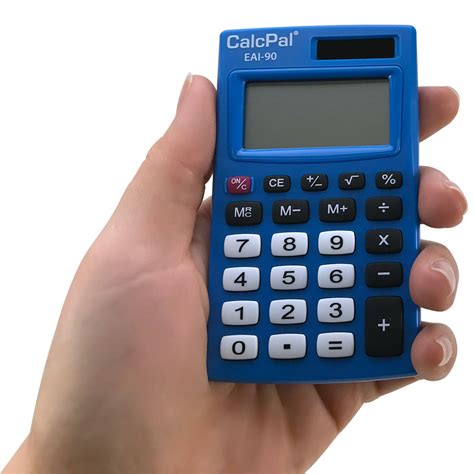In today's digital age, calculators have become an essential tool for various mathematical calculations. However, not everyone requires a high-tech calculator for their everyday math needs. Simple calculations such as basic arithmetic operations, percentage calculations, and time conversions can be easily performed using low-tech calculators. In this article, we will explore five low-tech calculators that are perfect for simple math calculations.
The importance of low-tech calculators cannot be overstated. They are often more affordable, easier to use, and require minimal maintenance compared to their high-tech counterparts. Additionally, low-tech calculators can be a great option for those who prefer a more tactile experience or need to perform calculations in areas with limited access to electricity or batteries.

1. Abacus
The abacus is one of the oldest and most basic forms of calculators. It consists of a frame with rows of beads that can be manipulated to perform arithmetic operations. The abacus is an excellent example of a low-tech calculator that can be used for simple math calculations such as addition, subtraction, multiplication, and division.
Using an abacus requires a good understanding of basic arithmetic operations and the ability to manipulate the beads accordingly. While it may take some time to get used to, the abacus can be an effective tool for performing calculations without the need for batteries or electricity.

2. Napier's Bones
Napier's bones are a set of rods with numbers inscribed on them that can be used to perform multiplication and division calculations. Developed by John Napier in the 17th century, Napier's bones are a simple yet effective low-tech calculator.
To use Napier's bones, users need to arrange the rods in a specific pattern to represent the numbers being multiplied or divided. The rods can then be used to perform the calculation by adding or subtracting the corresponding numbers.

3. Slide Rule
A slide rule is a mechanical calculator that uses logarithmic scales to perform arithmetic operations. It consists of a ruler with logarithmic scales on either side that can be slid together to perform calculations.
Slide rules were widely used in the past for calculations such as multiplication, division, and exponentiation. While they may not be as commonly used today, slide rules can still be an effective tool for simple math calculations.

4. Genaille-Lucas Ruler
The Genaille-Lucas ruler is a mechanical calculator that uses a set of interlocking rulers to perform arithmetic operations. Developed by Henri Genaille and Edouard Lucas in the 19th century, the Genaille-Lucas ruler is a versatile low-tech calculator that can be used for calculations such as multiplication, division, and exponentiation.
Using the Genaille-Lucas ruler requires a good understanding of arithmetic operations and the ability to manipulate the rulers accordingly. While it may take some time to get used to, the Genaille-Lucas ruler can be an effective tool for performing calculations without the need for batteries or electricity.

5. Printable Calculators
Printable calculators are paper-based calculators that can be printed and used for simple math calculations. They often consist of a grid with numbers and arithmetic operations that can be used to perform calculations.
Printable calculators are a great option for those who need to perform calculations in areas with limited access to electricity or batteries. They are also an excellent tool for teaching children basic arithmetic operations.

Gallery of Low-Tech Calculators





In conclusion, low-tech calculators are an excellent option for those who need to perform simple math calculations without the need for batteries or electricity. From abacuses to printable calculators, there are various options available that can be used for basic arithmetic operations. By understanding the benefits and limitations of low-tech calculators, users can make an informed decision about which type of calculator to use for their specific needs.
What is a low-tech calculator?
+A low-tech calculator is a type of calculator that does not require batteries or electricity to operate. Examples of low-tech calculators include abacuses, slide rules, and printable calculators.
What are the benefits of using a low-tech calculator?
+The benefits of using a low-tech calculator include the ability to perform calculations without the need for batteries or electricity, a more tactile experience, and a lower cost compared to high-tech calculators.
What are some examples of low-tech calculators?
+Examples of low-tech calculators include abacuses, Napier's bones, slide rules, Genaille-Lucas rulers, and printable calculators.
